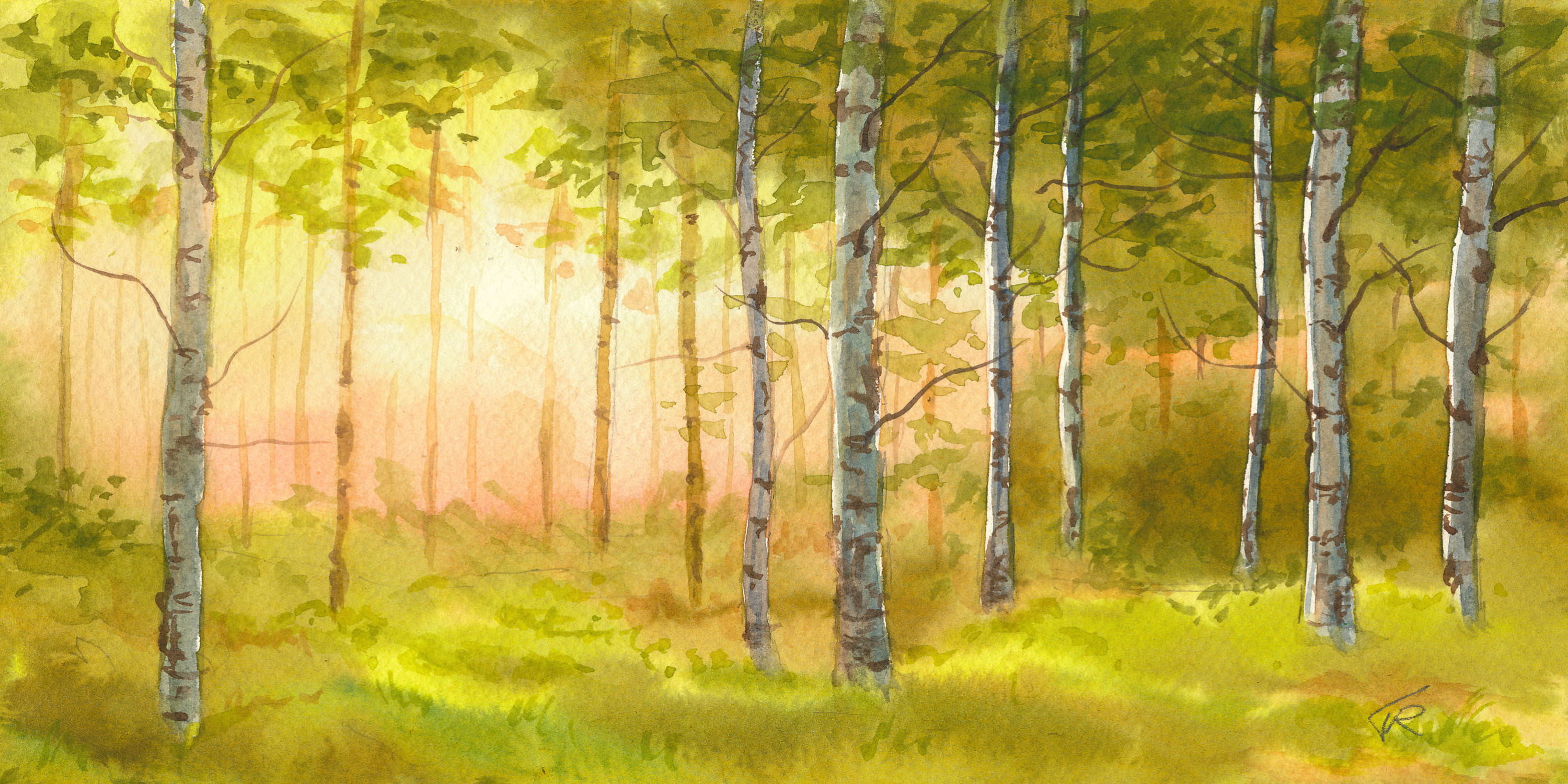
On watercolor…………….
Unlike other media, white paint is rarely used in a watercolor painting; rather the white of the paper forms the white areas of the painting and also shines through the transparent colors, to help make the variety of tones needed for the painting. More color mixed with the water equals a darker tone, more water in the mix makes for a lighter tone. There are many different ways to apply these color layers to the paper to make a watercolor painting.
In the gallery you will see some paintings that are painted in glazes, where thin layers of color are applied over each other to build up the shapes of the subject. The Ocean Headland and Yosemite Half Dome images are examples of this method.
Some paintings are painted directly in color patches all in one sitting. This is also usually the way I paint outdoors. The Mission Archway and White flower still life are examples of this direct type of application.
Other paintings are made by covering up the white areas with a resist and pouring the different colored paints onto the surface and allowing them to mix together as they will. Brushes are only used at the end of these paintings to add a little detail. The Mission Shadows, Pueblo and Street Shadows are all painted in this way.
Most of the other paintings are combinations of glazing and layering.
Generally I paint on traditional watercolor paper but occasionally I work on different watercolor surfaces primarily for the effects that these can offer. The Pismo Pier painting is painted on watercolor canvas and the Starfish is painted on synthetic paper.
